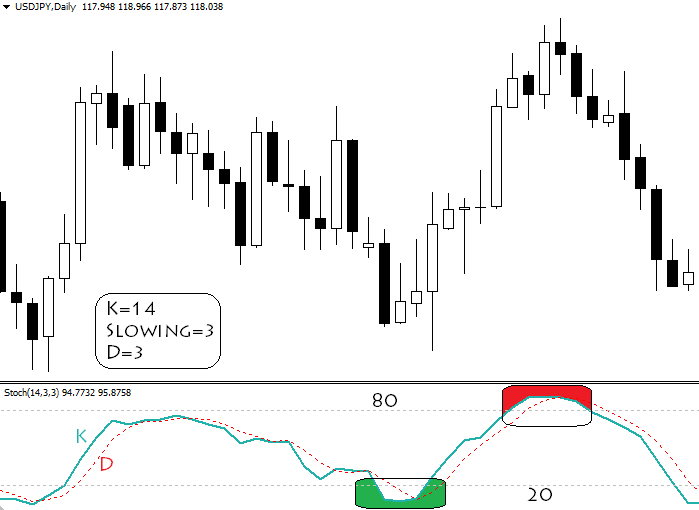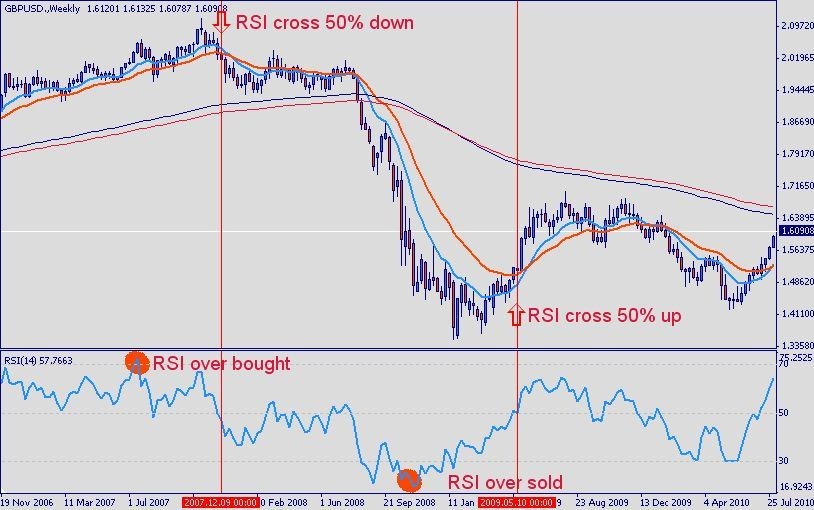What Is the Difference Between MACD and Stochastic Indicators
Post on: 25 Июнь, 2015 No Comment

These 10 animal facts will amaze you.
Adorable animal families that will make you aww.

These 10 facts about space will blow your mind.
MACD and Stochastic are two types of technical analysis that attempt to produce signals for investors on possible security price trends, although they do so in vastly different ways. The MACD, also known as the Moving Average Convergence-Divergence, relies upon moving averages, which are average stock prices over a period of time, to anticipate stock trends. By contrast, the Stochastic Oscillator depends upon a formula based upon current stock prices along with their highest high prices and lowest low prices of the recent past. Both MACD and Stochastic provide signals at certain points on price charts where there is crossover between two lines.
Technical analysis of stocks and other securities is based upon the idea that past price behavior of a security or a group of securities can anticipate how the prices will move in the future. Different analysts have come up with formulas that can be used to predict things like price trends and the momentum of those trends. Two of these techniques, MACD and Stochastic, go about it in different ways.
The MACD, or Moving Average Convergence-Divergence, takes the 12-day moving average of a particular security and subtracts the 26-day moving average of that same security. A moving average is the average price of the security over the specified time period, which changes, or moves, as time passes and new data replaces old. Usually, the MACD hovers close to zero. When it is above zero, it indicates a positive trend in price, and when it is below, it means that a downward trend is afoot.
By contrast, the Stochastic Oscillator is concerned not only with current prices but also with the highs and lows of a security in the recent past. The Stochastic Oscillator formula takes the difference between the current price and the lowest low in the last 14 days, then divides that total by the difference between the highest high and the lowest low. That total is multiplied by 100. When that total goes above 80, it indicates that the stock is overbought, and when it falls below 20, it means the stock is oversold.
With both the MACD and Stochastic, charts can be made of the different totals, indicating crossover points with other signals. The idea behind both is to use these crossover points along with the totals as signals to buy or sell. Some analysts even use these analyses in tandem to verify what each is indicating.














